The Flickering Hope for Peace in South Sudan
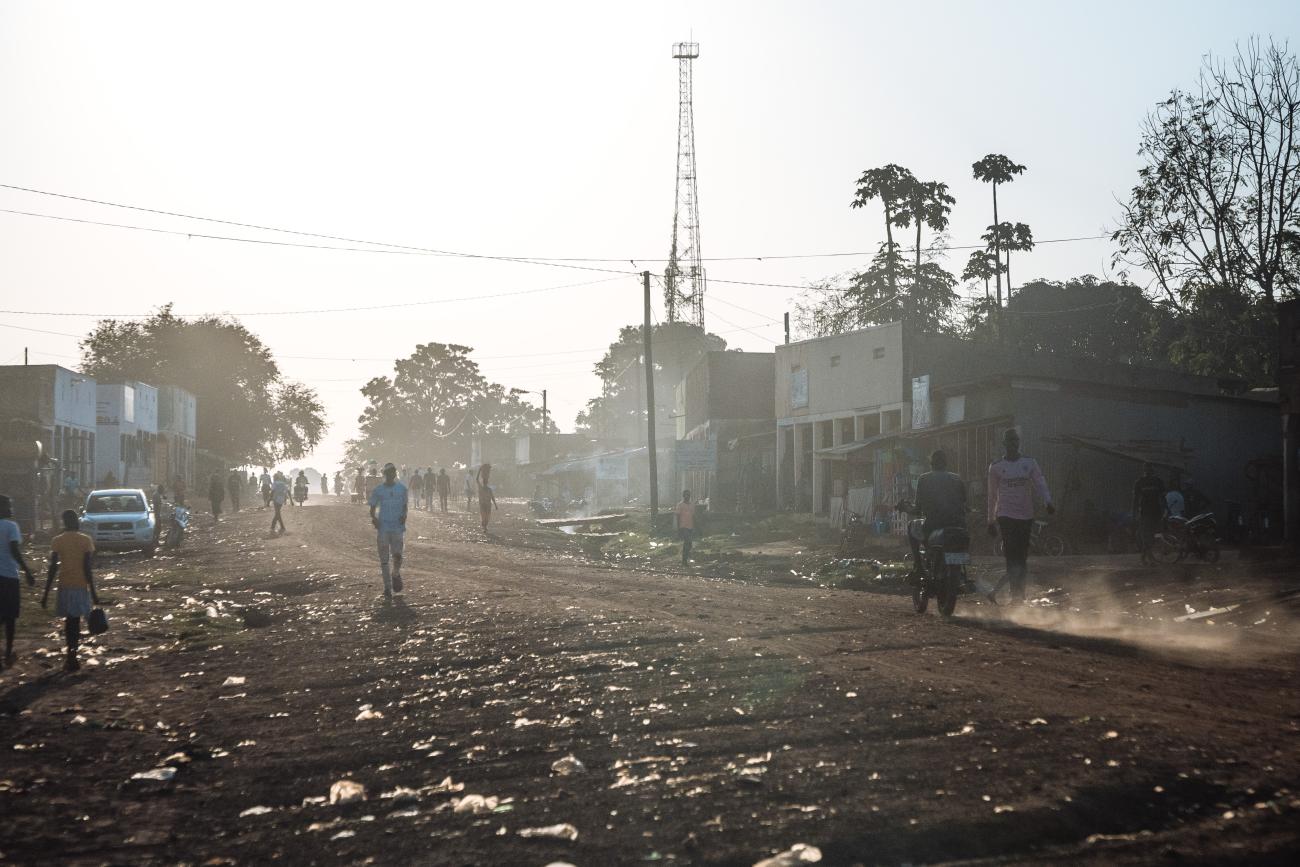
The revitalized peace agreement of 2018 marked an important milestone; however, challenges persist in addressing the grassroots dynamics of violence.
“The past is already the past. We need to open a new chapter” says Lunia, a Youth Peace Ambassador in Malakal, South Sudan. "During the war, I lost family members. But for me, I know that it has happened, and it is already gone." For a generation that has experienced so much conflict, the challenge is not just survival but reconciliation—a collective effort to reshape the future of the world’s youngest nation.
Peace in South Sudan has always been fragile, marked by cycles of violence and eroded trust. From the eruption of civil war in 2013 to the revitalized peace agreement in 2018, each step toward stability has been hard-fought. Today, the main obstacles to sustainable peace have become more localized with sporadic cattle raiding and gang violence among youth groups.
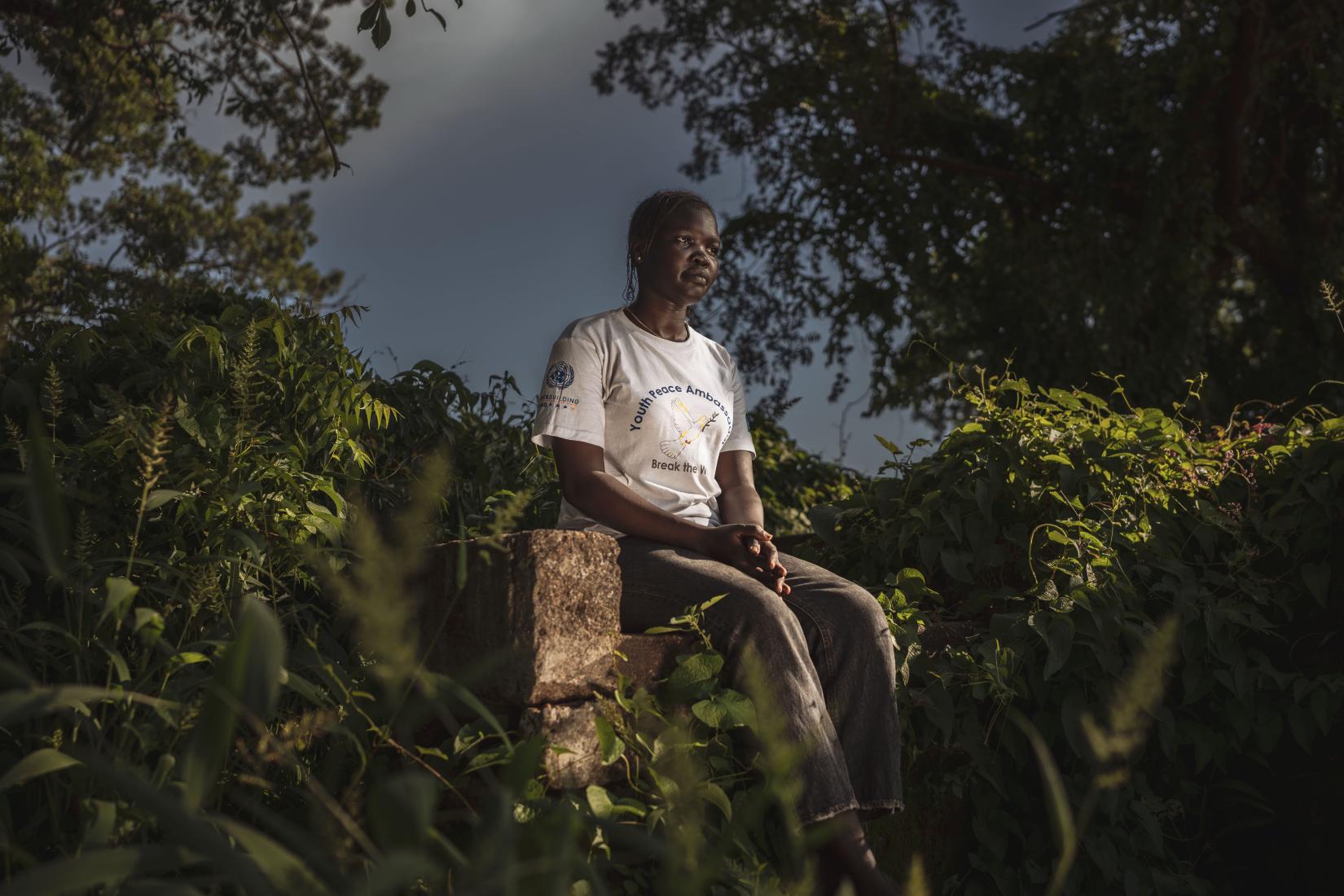
“The past is already the past. We need to open a new chapter” says Lunia, a Youth Peace Ambassador in Malakal, South Sudan. "During the war, I lost family members. But for me, I know that it has happened, and it is already gone." For a generation that has experienced so much conflict, the challenge is not just survival but reconciliation—a collective effort to reshape the future of the world’s youngest nation.
Peace in South Sudan has always been fragile, marked by cycles of violence and eroded trust. From the eruption of civil war in 2013 to the revitalized peace agreement in 2018, each step toward stability has been hard-fought. Today, the main obstacles to sustainable peace have become more localized with sporadic cattle raiding and gang violence among youth groups.
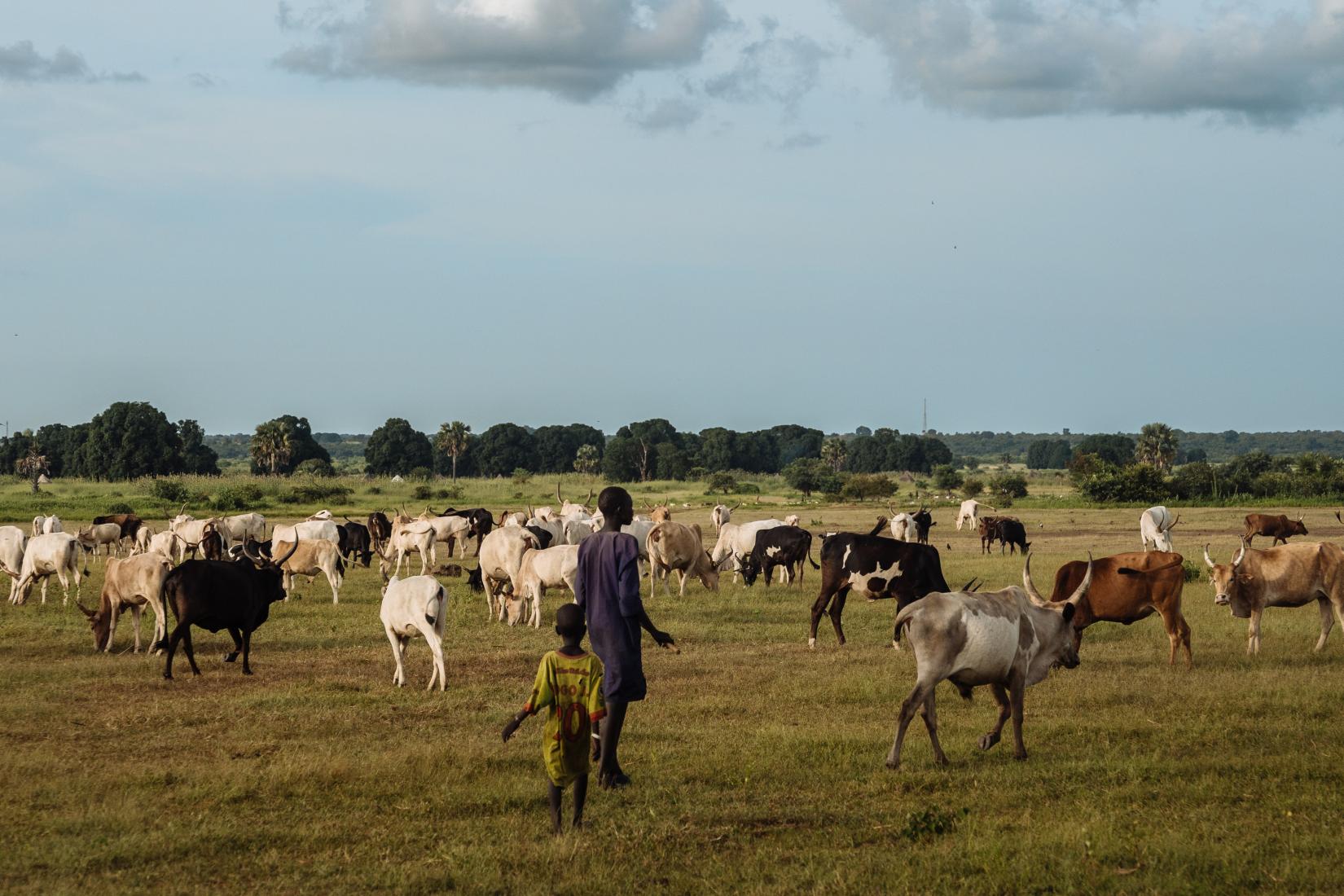
"If I had a job, I wouldn’t be in a gang," says Akol*, a 22-year-old who has been part of a local gang since he was 17. "We have no jobs, no money, no support to go to school," he explains. His journey began after dropping out of school due to lack of opportunities, a common story for many young men in South Sudan. "If you don’t have backup, people will take everything from you," he says.
The gangs in Malakal, according to Akol, are comprised of different ethnicities, united not by ethnicity but by the shared struggles of poverty and displacement. "We don’t fight because of tribes. We fight to survive."
For many young people, gang life is both a symptom and a cause of South Sudan’s instability. Yet, it is also among the youth where hope for a peaceful future lies. Youth leaders like Lunia work tirelessly to bridge divides, fostering understanding in communities still scarred by ethnic violence.
The burden of rebuilding extends beyond the youth. Women like Nyawar Monykuany, a women representative for 13 counties in Upper Nile State, are stepping into leadership roles to mend fractured communities. “Women can be peace ambassadors,” she says, describing her work uniting Malakal’s multiple tribes. Fluent in multiple local languages, she uses dialogue to foster trust among groups that once viewed each other with suspicion and hostility.
This push for unity comes after a long journey of insecurity. In the community of Yei, Reverend Levi, Bishop of The Episcopal Church of South Sudan’s (ECSS) Diocese of Yei, recalls the mistrust that once defined relations between civilians and the military. “Civilians looked at soldiers as enemies, and soldiers saw civilians as rebel collaborators,” he explains. Through a series of community dialogues initiated by the church, these groups now sit at the same table, sharing grievances and building trust.”
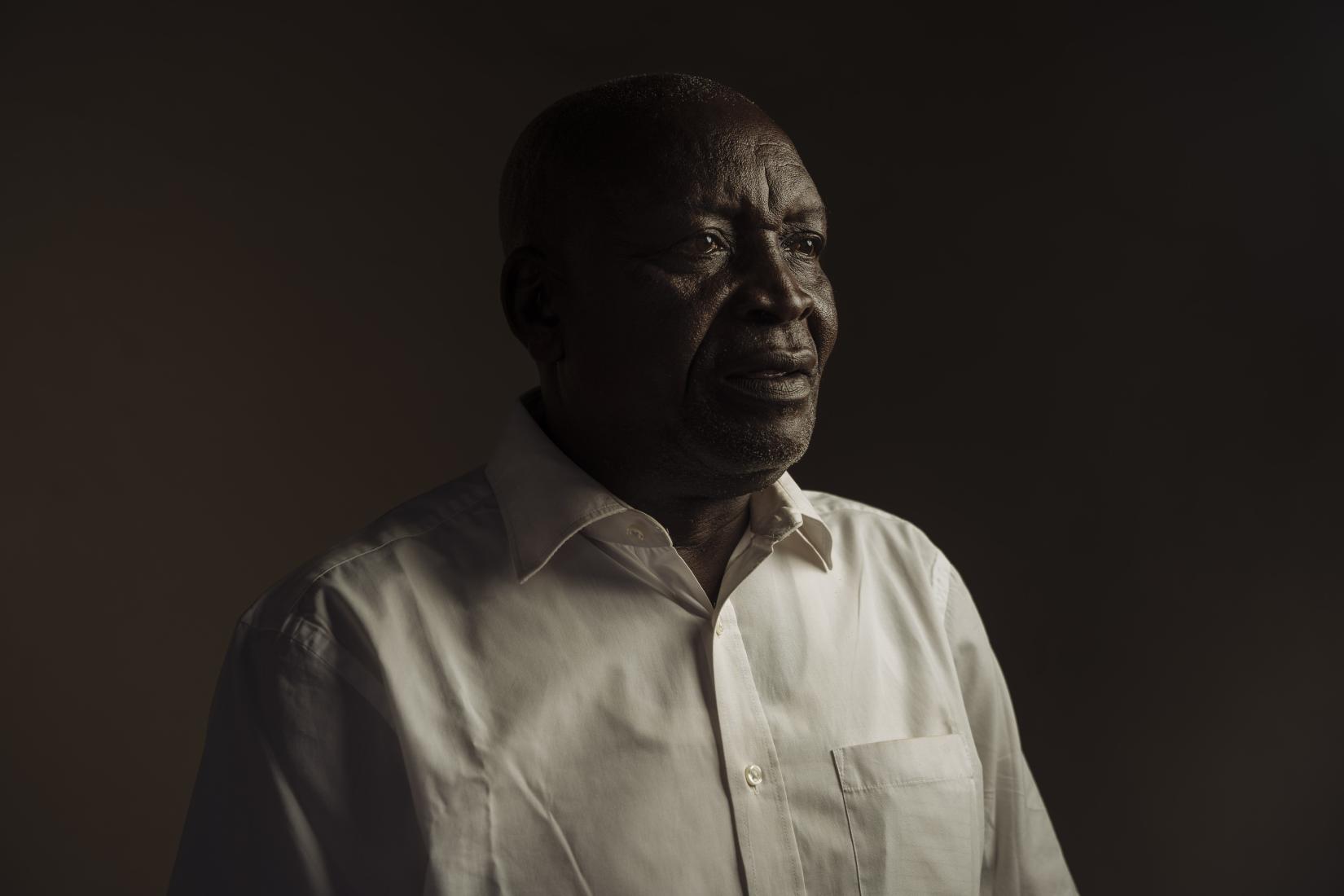
"We achieve peace through dialogue," says Customary Judge Joseph Brown in Yei. For years, Judge Joseph has been at the forefront of resolving disputes in a region marked by conflict and displacement. His court has been instrumental in fostering reconciliation between civilians and the military, as well as reviewing customary laws, traditional rules and norms enforced by local community leaders. "Through dialogue and reconciliation, even those who were enemies are now sitting together, eating together. That is the power of peace,” he says.
Economic recovery is another critical piece of the puzzle. Joel John, a builder in Yei, credits vocational training programs with giving him a chance to provide for his family after years of displacement in Uganda. “I chose this work because I can use it to rebuild my life,” he says. But like many others, he worries that insecurity in rural areas could undermine the progress made in towns.
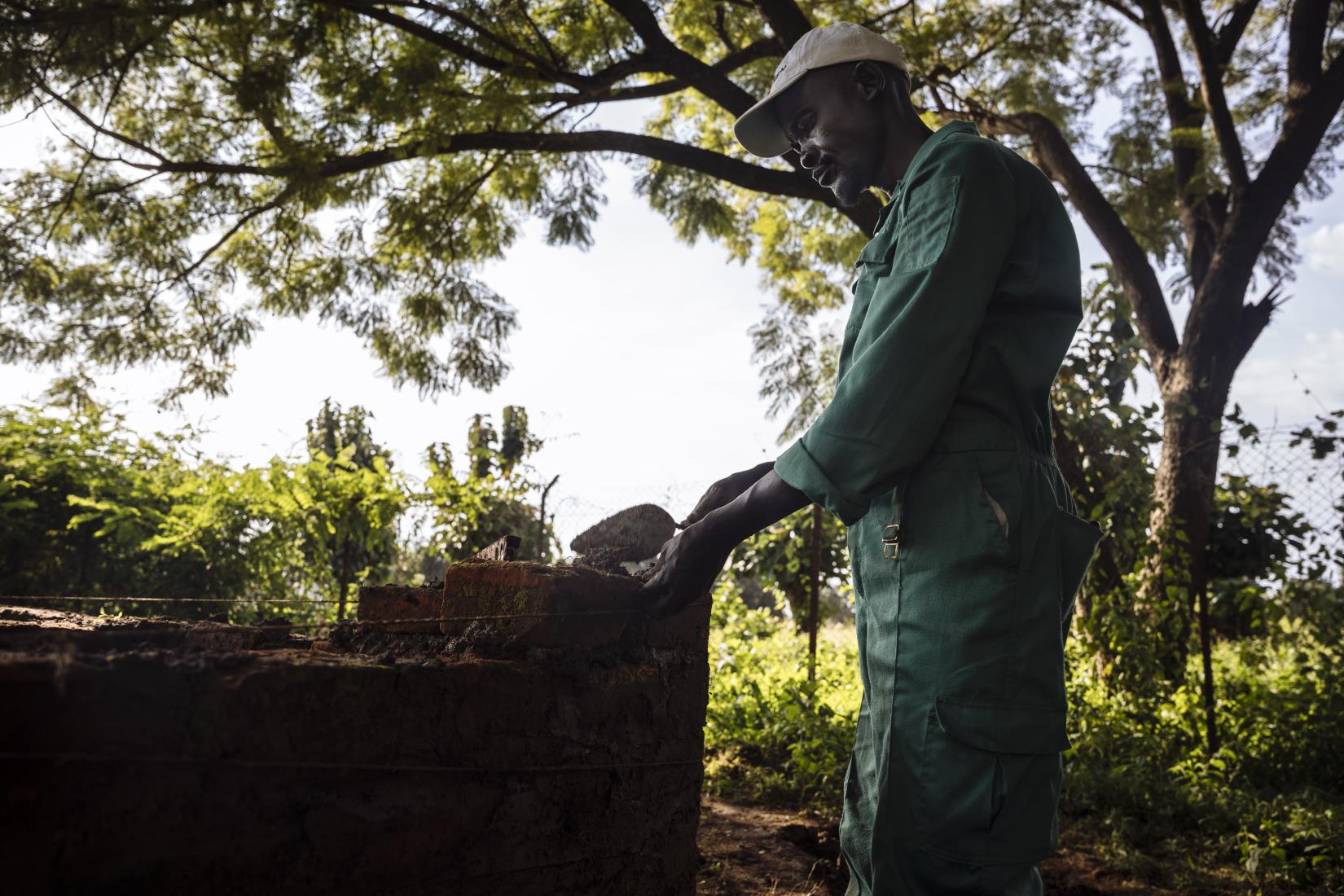
The revitalized peace agreement of 2018 marked an important milestone; however, challenges persist in addressing the grassroots dynamics of violence. Ethnic divisions, land disputes, and resource scarcity continue to spark conflict, particularly in areas where floods and displacement exacerbate tensions. Organizations like the International Organization for Migration (IOM) have played a role in facilitating dialogues between local stakeholders, fostering support to local judiciary courts and grassroots initiatives to promote peace across the country. Yet, as communities like Malakal and Yei demonstrate, peace in South Sudan is evolving through the incremental, determined efforts of its people.
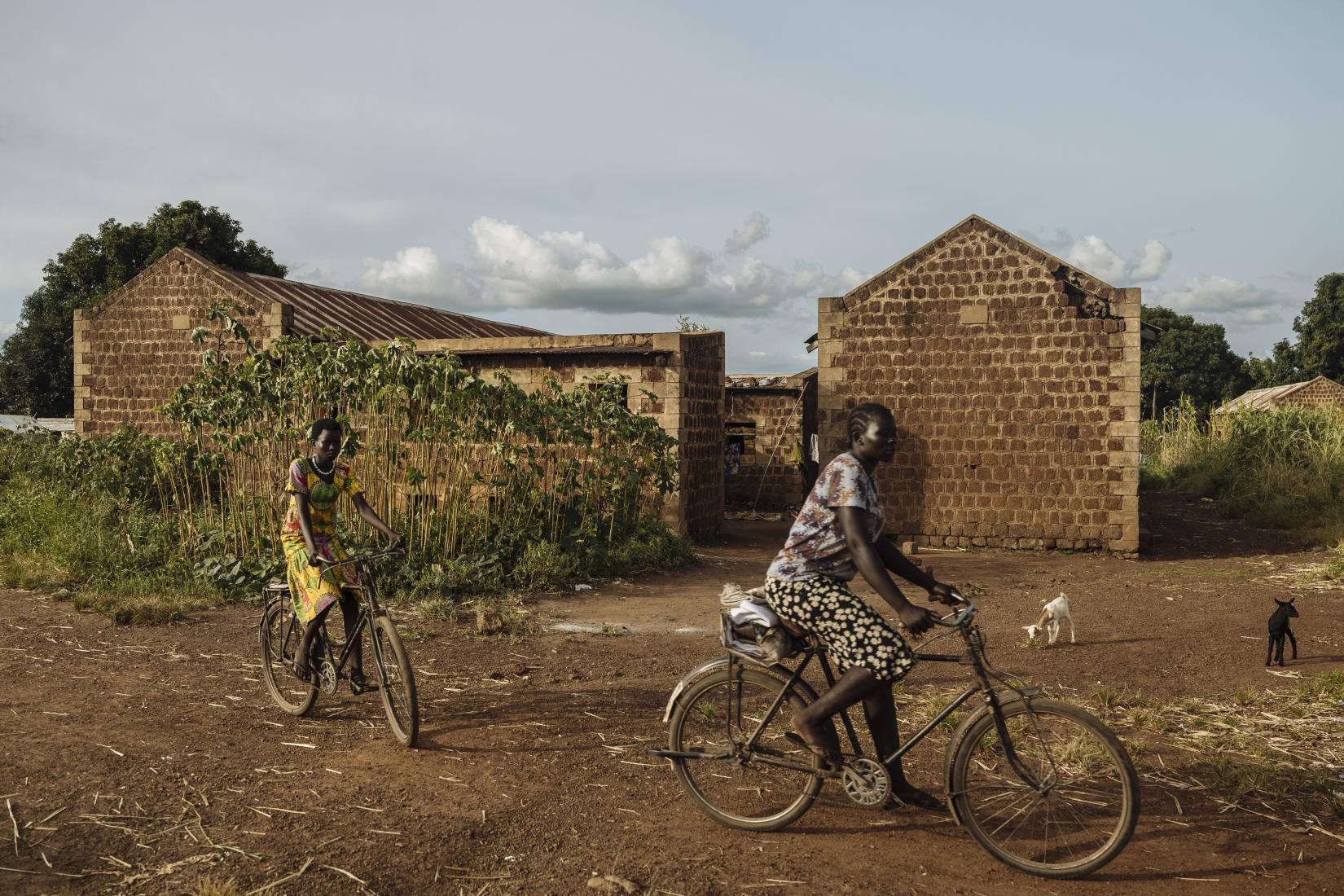
Amid these hard-won efforts lies a glimpse of South Sudan's potential—a nation striving to mend deep wounds, where fragile truces flicker with hope but are tested by lingering distrust, and where the path to sustainable peace remains steep and uncertain. These stories reveal not just progress, but the immense work still required to transform fleeting reconciliation into lasting unity.
As Lunia puts it: “This is our time. We need to build up this place so we can move forward, like other countries. But first, we have to accept ourselves—and each other.”
*Names have been changed to protect their identity.





